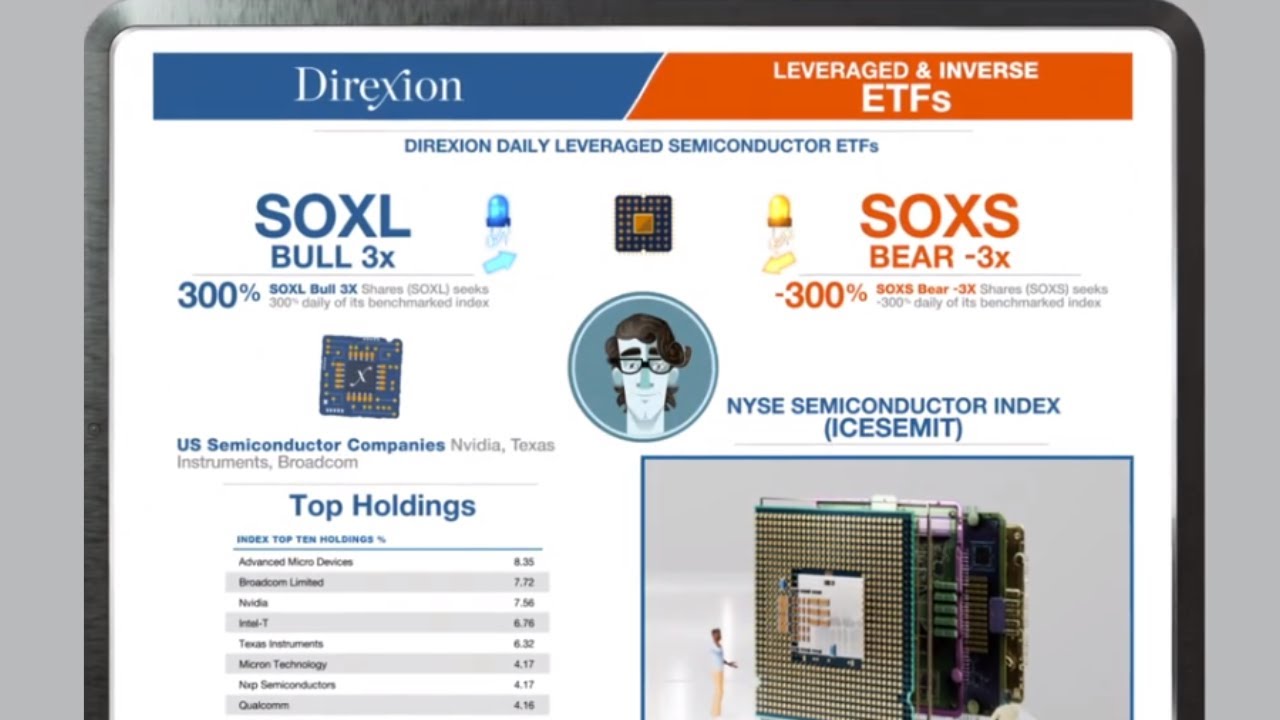Have you ever wondered why mutual funds that have 80% of their exposure to U.S. stocks (NYSEARCA:SCHB) and the other 20% to international stocks (NYSEARCA:EFA) are still measuring their performance versus the S&P 500 (NYSEARCA:VOO)? Shouldn’t they be using a blended 80/20 passive benchmark to do a proper apples-to-apples measurement? Why don’t they do this?
The answer is because Wall Street wants to investing public to be ignorant about proper performance measurement. That’s why both hedge funds and mutual funds purposely distort investment track records by using highly questionable and misleading benchmarking practices. (As a side note, shame on the Securities and Exchange Commission for not cracking down on this subversive and obviously illicit behavior.)
AUDIO: Listen to Ron DeLegge @ The Index Investing Show
Unfortunately, some individual investors have adopted their own inaccurate methods for gauging the progress of their investment portfolios.
One investor recently posted the following on one of my articles:
“The correct standard of portfolio measurement is what I set to meet my investment goal. For me, that is an 8% annual return for x years which will result in $x dollars for my retirement….not some passive index fund or the S&P 500.”
The main problem with this type of fairyland benchmarking is that it misleads the investor to operate in their own personal vacuum which is completely ignorant of how their investments (NYSEARCA:VT) measure up in the real life world. It also deliberately skirts accountability by pretending that nothing else matters but a person’s arbitrary feel-good investment goals.
What’s the best way to measure a portfolio’s performance?
William F. Sharpe, a Stanford University professor and 1990 Nobel Prize Winner in Economics drops us a major clue. In a piece written in 1991 – which is every bit as valid today as it was right after the ink dried – titled “The Arithmetic of Active Management” he wrote:
“The best way to measure a manager’s performance is to compare his or her return with that of a comparable passive alternative. The latter — often termed a “benchmark” or “normal portfolio” — should be a feasible alternative identified in advance of the period over which performance is measured. Only when this type of measurement is in place can an active manager (or one who hires active managers) know whether he or she is in the minority of those who have beaten viable passive alternatives.”
WATCH: 3 Rules for Investing in Leveraged ETFs
Bringing Sharpe’s good advice into the context of an entire portfolio helps us to understand this same methodology is not limited to performance comparisons of actively managed funds versus passive alternatives in the same category.
In fact, Sharpe’s way of measuring performance can and should be applied in the context of a person’s entire investment portfolio In other words, how did the performance of a particular portfolio perform relative to a blended basket of apples-to-apples passive mix of index ETFs that mimic the portfolio’s same overall asset allocation? Did it outperform or underperform over the same time period and at what cost?
Those who reject such a simple but robust methodology for measuring their portfolio’s performance are deceiving themselves. I liken these people to the delusional construction foreman who favors his naked eye over a standard level device or another rigid measurement tool that guarantees the structure is built correctly to the centimeter.
In summary, the correct standard for measuring an investment portfolio’s true performance is just as Sharpe suggests; how it performs relative to a blended mix of passive alternatives.
If you’re unable to properly measure your portfolio’s performance, have no fear! Ron DeLegge’s Portfolio Report Card automatically does this. And remember: If your investment portfolio scores an “A”, you’ll get paid $100. Ron grades family trust accounts, 401(k) rollovers, 457 plans, 403(b), UGMA accounts, and anything posing as an “investment.”
Follow us on Twitter @ ETFguide



